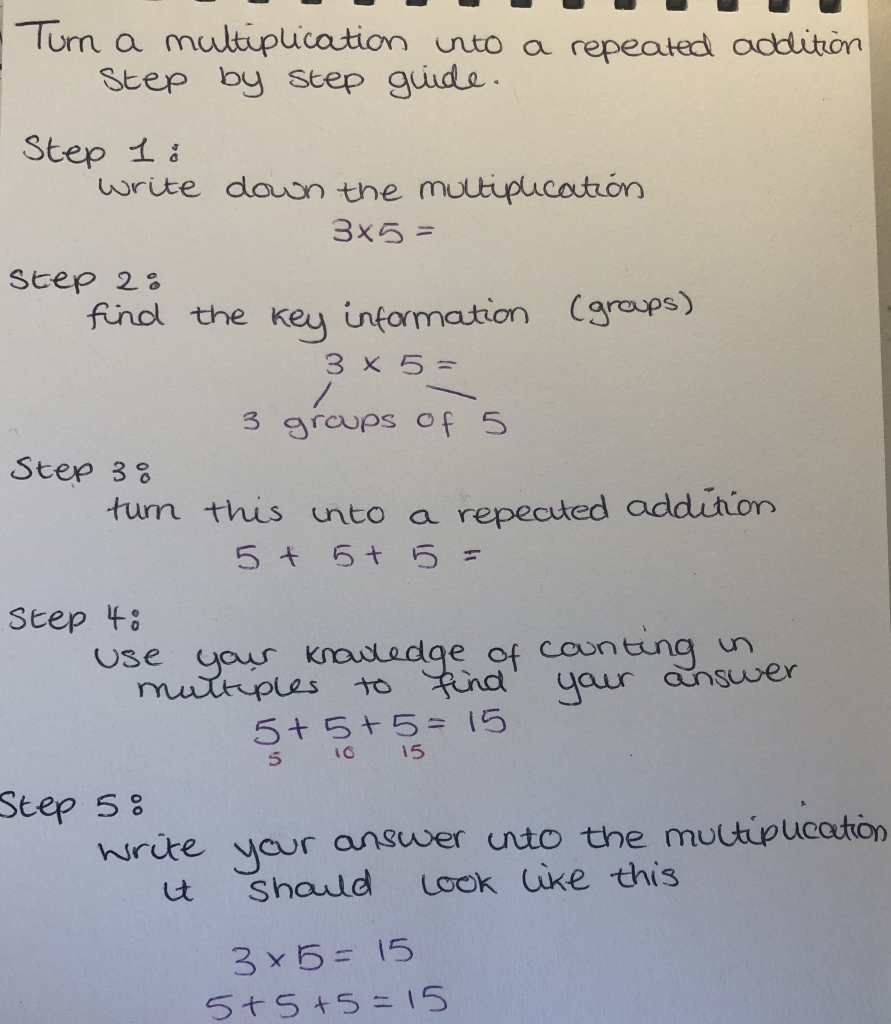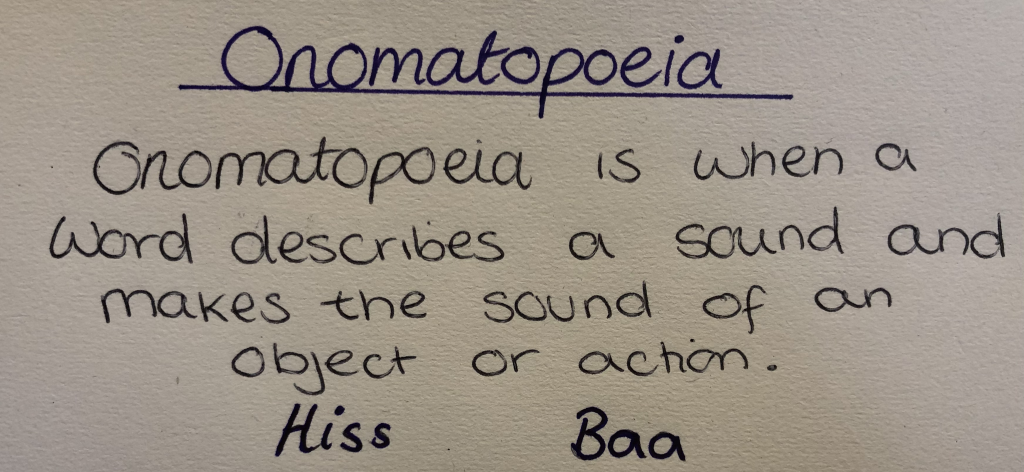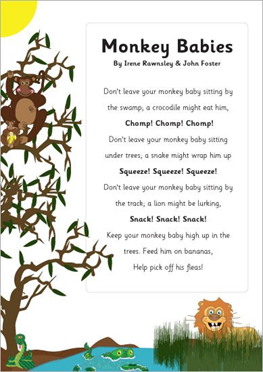Friday 12th Feb

Please do have a look at the tutorials that some of the members of class have made. They will hopefully give you some ideas of things that you can do over the half term! Go to the Home Learning 2021 page for Class 2 and you will see them there!
|
9- 9:30
|
Reading
RWI – watch the relevant speed sounds lesson:
Set 1: th https://www.youtube.com/watch?v=kSajZqrKZzs&feature=youtu.be Set 2: Air - https://www.youtube.com/watch?v=PZtBx3ClKLY Set 2/3 – If you have been learning set 2 and have moved onto set 3 please watch this video: Oa - https://www.youtube.com/watch?v=5FHHnppMd3I Set 3 – if you have been learning set 3, we are going to go through the sounds again to help build our fluency: I-e - https://www.youtube.com/watch?v=sCNZwKOxsdI
Then read the RWI book online https://home.oxfordowl.co.uk/reading/reading-schemes-oxford-levels/read-write-inc-phonics-guide/
Go onto ‘ebooks’ then you will need to register (this is free of charge) and then you will be able to access all the ebooks and choose the correct banded level for your child. Please note that the RWI phonics scheme is based on lots of repetition. Therefore, we usually read the same book about 3 or 4 times before moving onto a new book. For some children they may need to read it more than this to ensure they are completely fluent in reading the book (no sounding out). A general guide is: 1st read – decoding all the words – sound out as much as you need to. 2nd read – read for fluency (try to read with more fluency and expression). 3rd read – read with fluency, expression and comprehension. Try answering the comprehension questions at the back.
This website also provides lots of other information for parents about phonics. It has other resources on here too should you wish to explore!
Guided reading
Complete the guided reading task at the bottom of the webpage. If the reading is taking you longer than the time allocated, then feel free to share the reading with an adult.
|
|
9:30 - 10 |
Zoom quiz!! Join us on zoom using the link sent by Mrs Lee. Please adhere to our zoom policy. In our zoom we will be showing this video:
A special surprise for you from our key stage 1 Federation team😊 |
|
10:00– 10:40
|
Maths Year 2 Learning objective and success criteria: To be able to multiply and divide using informal methods
Your last session for this term is a revision lesson. You will have a list of mixed multiplication and division questions to do. You can use any method you like to solve them. 1st task- Watch this video where I will go over the methods we have learnt so far: Repeated addition (multiplication) Arrays (multiplication) Grouping (division) Sharing (division) You will need to be prepared to pause the video to help me to solve a question using each method.
If you would like more of a reminder of the different methods, I have attached the video links from previous tutorials on the document ‘year 2 calculation tutorials’.
2nd task – Solve the mixed multiplication and division questions on the webpage (year 2 maths questions) using your preferred methods. It is absolutely fine if you solve some of the questions using mental methods. Do as many as you can in the time that you have. The questions in section 2 are more difficult. 3rd task – I would really like you to spend time evaluating and reflecting on your understanding of multiplication and division. Which methods do you feel most confident with? Which methods do you feel less confident with? Is there anything you feel you need to practise more?
Year 1 Learning objective: To know how to multiply through repeated addition
Task 1: In this lesson we will be looking at how we can solve a multiplication through repeated addition. Watch the tutorial to find out how we turn a multiplication into a repeated addition
Task 2: After you have watched the tutorial answer the multiplication problems using repeated addition.
Here is the worked example:
Do not worry if you do not answer all of the questions. Just answer as many as you can. Resources: 12.2.21 Year 1 Questions PDF
Optional extra support task 2: If you are finding this lesson hard watch the tutorial below to give you extra support on solving multiplications through repeated addition. You will need your pencil and paper ready as we will be working through a question together.
Then try these slightly easier questions. Resources: 12.2.21 Support Questions Year 1
Optional Task 3: Today's challenge is to create your own worked example just like I have for this lesson. This example will need to be clear and detailed as a step by step guide to help someone learn how to solve a multiplication through repeated addition.
Example
Task 4: At the end of the lesson think about whether you have met today’s success criteria. You could write at the bottom of your work how you got on and how you think you could make your work even better.
|
|
10:40 – 11
|
Breaktime – have a healthy snack and a play |
|
11 – 12
|
English
To understand what onomatopoeia is
In today's lesson we will be learning about onomatopoeia, creating a definition and our own examples before trying to identify some in a poem.
Task 1: Watch today's video on onomatopoeia until 5 minutes 40 seconds. Then write your own definition of onomatopoeia.
My definition example:
Task 2: Watch todays tutorial from 5 minutes 40 seconds until 12 minutes 50 seconds Look at the examples of onomatopoeia and create your own list of words you would like to use, I would like there to be at least 5 examples of onomatopoeia in your list. Then try putting some of your examples into sentences about animals. I would like to see at least 2 sentences using onomatopoeia and if you can then please try to write a sentence for each of your 5 words. The sentences don’t have to be long.
Here are some of my examples: The dog went bark! The mouse went squeak! The frightened frog said ribbit, ribbit, ribbit!
Resource: onomatopoeia word bank PDF
Task 2 optional support for those struggling: If you are finding this hard watch the support tutorial
Then use the support sheet to help you; this includes ideas for animals, onomatopoeia words and sentence stems. Resource: onomatopoeia support sheet PDF
Task 2 optional challenge: Explained in tutorial from 12 minuets 5 seconds to 12 minutes 50 seconds If you want to challenge yourself with this task why not look for some different onomatopoeia examples that I didn’t include in the word bank. You can use the website below to help you. https://examples.yourdictionary.com/examples-of-onomatopoeia-for-kids.html
Task 3: Watch the tutorial from 12 minutes 50 seconds until the end Now you have created your own examples you will be using my poem to find examples of onomatopoeia. Use a different coloured pencil to underline, circle or highlight the examples of onomatopoeia in the poem
If you haven’t kept your copy of the poem you will find the poem at the bottom of the page listed as; Who is in the garden? – poem PDF
Task 4: At the end of the lesson think about whether you have met today’s success criteria. You could write at the bottom of your work how you got on and how you think you could make your work even better.
Task 5: Listen to Miss Keenor’s daily poem Can you see any onomatopoeia in this poem?
|
|
12- 1pm
|
Lunchtime and playtime |
|
1- 1:15pm |
Wellbeing The huge bag of worries story -
|
|
1:15-1:30pm |
Effective communication This is a continuation from the last session based on respectful communication. Re-Watch this video:
Then follow the activities on the cards attached to the webpage. You will need to create a guide on how to be a respectful communicator.
|
|
1:30 – 1:45pm |
Spelling test
Test yourself on this week's spellings.
|
|
1:45 – 2 |
Mental maths test Test yourself on the facts you have been practising. I have attached a counting in 10’s activity and a 10 times table test. If you need to access tests for counting in 2’s or 5’s or the 2x table and 5 x table then please see the work from the previous two weeks set on a Friday.
If the test takes longer than 15 minutes then please stop.
N.B the counting in 10’s test goes above 100 in a couple of places. It is fine for your child to stop at 100. |
|
2 – 2:45 |
Get outdoors! 1st task – watch this video https://youtu.be/R6sOsp_uqZE 2nd task - Get out for a walk, run or cycle, take a camera and snap as many amazing wild pictures as you can.
|
|
2:45 – 3 |
Instead of a story today, Esmé wanted to share this video with you all. As we spend a lot of time talking about cute and cuddly animals, I think it is very fitting😊 Sit back and prepare to say ‘awww!!!’
|







